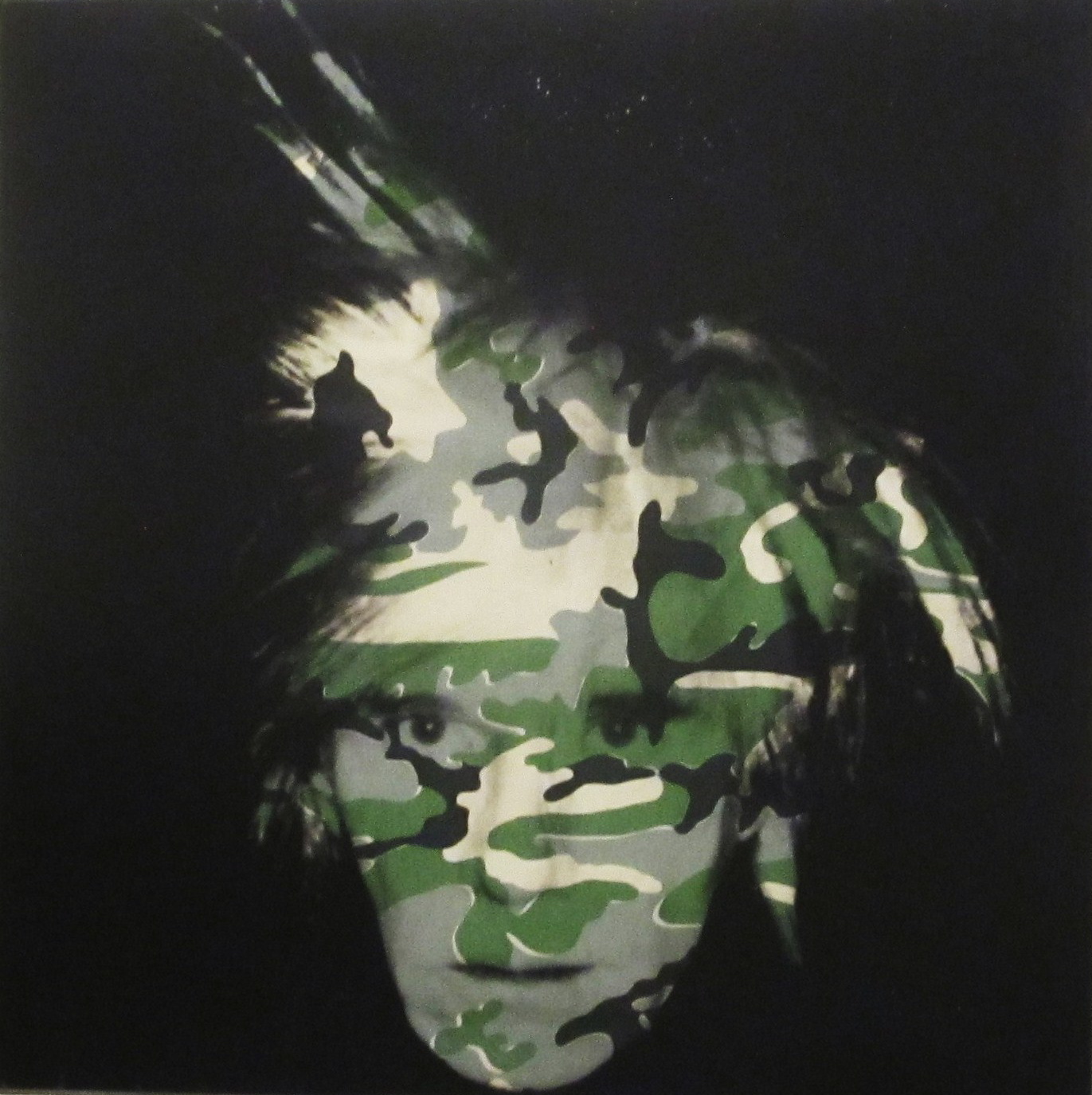This Spring it’s hard not to notice the resurgence of camouflage and it’s enduring impact on the fashion industry. From men’s style icon Nick Wooster to a broad spectrum of fashion designers this season – Lanvin, Dries Van Noten, Prada, Jimmy Choo and Kenzo’s Carol Lim & Humberto Leon – camoflauge is everywhere in the men’s collections and in so many inspired variations. The graphic has become so prominent I decided to look into the history of it’s beginnings and try and decifer what makes this nature motivated pattern so hypnotic.
Lanvin camo silk bow tie at Bergdorf Goodman
Prada camouflage sequin evening loafer at Bergdorf Goodman
Jimmy Choo Sloane Men’s Calf Hair Slipper at Bergdorf Goodman
Introduced by the French army in the First World War in 1917, artists known as camoufleurs were employed to disguise tree observation posts and help soldiers blend into their environments. Ship and plane camouflage soon followed in other countries and became a primary means of eluding the enemy and then finally into combat gear worn by the soldiers. Many animals, fish, insects and other wildlife have this crypsis, or ability to avoid observation by other predators, so naturally we would use the same methods to protect ourselves.
Example of crypsis
Although I’ve never been hunting in my life, except once with my father where I sat alongside he and my brother in horror and fear of what would happen to the poor creatures in the woods, I was immediately drawn to the camouflage gear and clothing. I guess that was my first clue that I would not be following in their footsteps but pursuing a creative design path instead. My first awareness of camouflage as an art medium was in Andy Warhol’s extensive study of multiple color variations and then in his haunting self portrait of 1986 before his death the following year overlaying different color palettes of the pattern over his face. The Metropolitan Museum of Art has the traditional color camo version of the portrait in its permanent collection and the Philadelphia Museum of Art houses the pink and red version.
Stephen Sprouse was given permission to use Warhol’s camouflage paintings and explored the pattern further with his fashion designs in 1987 and 1988, his cover design for Debbie Harry’s solo album Rockbird in 1997 and his graffiti camo for Knoll textiles in 2003. I incorporated Stephen’s graffiti camo into a loft project I was doing in Soho at the time and my client loved it! His designs still inspire me today and I won’t forget our many dinners and discussions about design and the way he expertly combined luxurious fabrics in a pop futuristic way. One weekend upstate at Stephen’s house at Bear Mountain he even asked me to make draperies for the living room out of a day-glo fleece we found at a local fabric store and we talked about combining camo with his signature day glo colors. I hope Knoll will reintroduce his camo textiles one day, they were so ahead of their time as were all of his designs.
Andy Warhol “Camouflage Self-Portrait” in the Metropolitan Museum of Art
Andy Warhol “Camouflage Self-Portrait” Philadelphia Museum of Art
Stephen Sprouse sequin camouflage dress
Stephen Sprouse artwork and graffiti for Debbie Harry’s Rockbird album cover
Stephen Sprouse Graffiti Camo for Knoll color card (a prized possession in my fabric arsenal)
Sprouse graffiti camo on silver Knoll Saarinen chair
Jussara Lee created a bespoke camouflage jacket for me eleven years ago and it still feels new and bold. When I wear it I certainly don’t blend into my environment but feel like I am part of an energetic New York City that is alive with creativity and forward thinking. Who knows, maybe camouflage still has many other ways of being interpreted and redesigned to make it’s way into our homes in another medium. It’s definitely something that I would like to explore in my own design aesthetic and I will!
Jussara Lee bespoke camo jacket













